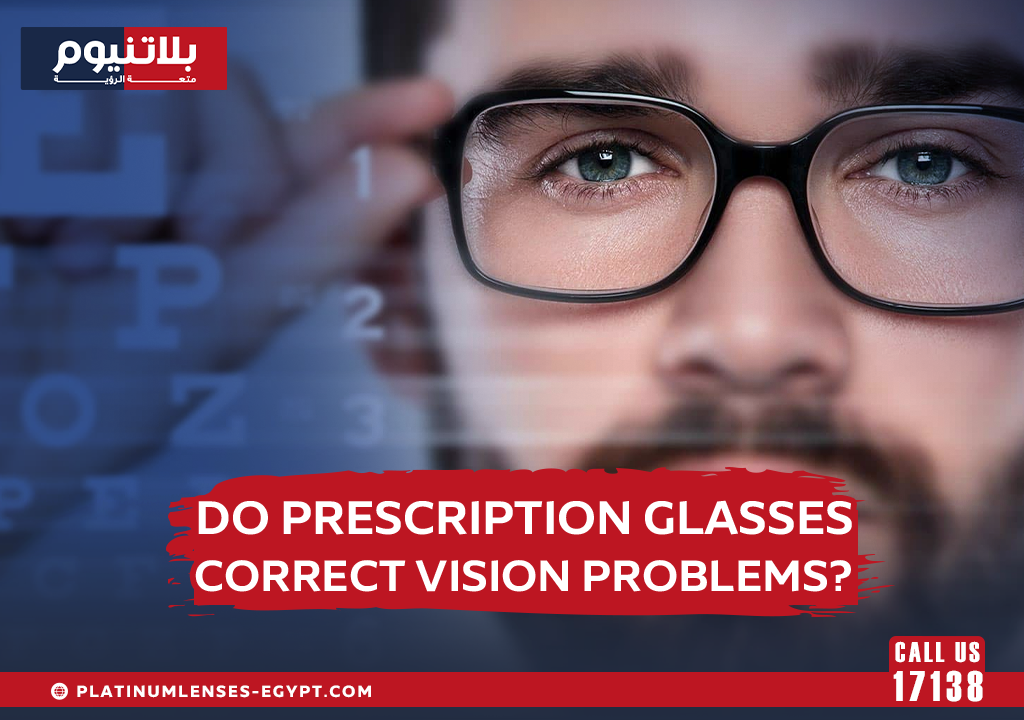Prescription glasses have been a fundamental tool in vision correction for centuries, helping millions of people see more clearly. But how exactly do they work, and do they truly correct vision problems? In this comprehensive article, we will explore the mechanics of prescription glasses, the types of vision problems they address, and their effectiveness in providing clear vision.
Understanding Vision Problems
Before delving into how prescription glasses work, it is crucial to understand common vision problems. The human eye functions like a camera, focusing light onto the retina to create clear images. However, various factors can cause light to be improperly focused, resulting in blurred vision. The most common vision problems include:
1. Myopia (Nearsightedness)
Myopia occurs when the eyeball is too long or the cornea is too curved, causing light to focus in front of the retina instead of directly on it. This results in difficulty seeing distant objects clearly, while close objects remain in focus.
2. Hyperopia (Farsightedness)
Hyperopia is the opposite of myopia. It happens when the eyeball is too short or the cornea is too flat, making light focus behind the retina. This causes difficulty seeing nearby objects clearly while distant objects appear normal.
3. Astigmatism
Astigmatism is caused by an irregularly shaped cornea or lens, leading to multiple focal points rather than a single point on the retina. This results in blurred or distorted vision at all distances.
4. Presbyopia
Presbyopia is an age-related vision condition that typically starts after the age of 40. The eye’s natural lens loses its flexibility, making it difficult to focus on close objects. This condition is a normal part of aging and often requires reading glasses or bifocals.
How Prescription Glasses Work
Prescription glasses are designed to compensate for the eye’s inability to focus light properly on the retina. The lenses in these glasses alter the direction of incoming light so that it reaches the retina at the correct focal point, thereby providing clearer vision.
1. Concave Lenses for Myopia
For people with myopia, prescription glasses use concave (minus) lenses. These lenses are thinner in the center and thicker at the edges. They help diverge light before it enters the eye, ensuring that it focuses correctly on the retina instead of in front of it.
2. Convex Lenses for Hyperopia
Hyperopia is corrected using convex (plus) lenses, which are thicker in the center and thinner at the edges. These lenses help converge light before it enters the eye, ensuring it reaches the retina rather than focusing behind it.
3. Cylindrical Lenses for Astigmatism
Astigmatism requires specially designed cylindrical lenses that adjust for the irregular shape of the cornea or lens. These lenses correct the uneven focusing power of the eye, allowing light to focus properly on the retina.
4. Multifocal Lenses for Presbyopia
Presbyopia is typically corrected with bifocal, trifocal, or progressive lenses.
- Bifocal lenses have two sections: one for near vision and one for distance vision.
- Trifocal lenses add an intermediate section for mid-range vision.
- Progressive lenses offer a smooth transition between different focal points without visible dividing lines.
Do Prescription Glasses Permanently Correct Vision?
Prescription glasses are highly effective at providing clear vision, but they do not permanently correct vision problems. Instead, they act as an external aid that compensates for the eye’s focusing deficiencies. Unlike surgical procedures such as LASIK, which reshape the cornea to correct vision, glasses do not change the structure of the eye.
1. Do Glasses Weaken the Eyes?
A common myth is that wearing glasses weakens the eyes. In reality, glasses do not alter the eye’s physical condition. The need for stronger prescriptions over time is usually due to natural changes in the eyes, such as aging or progressive conditions like myopia.
2. Can Glasses Prevent Vision from Getting Worse?
Glasses do not stop or slow down the progression of vision problems in most cases. However, in some situations—such as in young children with amblyopia (lazy eye)—corrective lenses can play a crucial role in improving vision development.
3. Are There Alternatives to Glasses?
While glasses are the most common vision correction method, other options include:
- Contact lenses: These provide a wider field of vision and are a good alternative for those who prefer not to wear glasses.
- Refractive surgery (LASIK, PRK, SMILE): These procedures reshape the cornea to provide long-term vision correction.
- Orthokeratology (Ortho-K): Special contact lenses worn overnight reshape the cornea temporarily, reducing the need for glasses during the day.
The Importance of an Accurate Prescription
Getting an accurate prescription is essential for optimal vision correction. Eye exams help determine the correct lens power needed for each individual. The key factors in a prescription include:
- Sphere (SPH): Indicates the strength of correction needed for myopia or hyperopia.
- Cylinder (CYL) and Axis: These values correct astigmatism by specifying the shape and orientation of the lens.
- Addition (ADD): Used in multifocal lenses for presbyopia correction.
An incorrect prescription can lead to symptoms like eye strain, headaches, dizziness, and blurred vision. That is why regular eye exams are necessary to ensure the prescription remains accurate.
Choosing the Right Glasses for Your Needs
Prescription glasses come in various styles, materials, and coatings to enhance both vision and comfort. When selecting glasses, consider the following:
1. Lens Material
- Plastic Lenses: Lightweight and affordable, suitable for mild prescriptions.
- Polycarbonate Lenses: Impact-resistant and ideal for active lifestyles.
- High-Index Lenses: Thinner and lighter, recommended for strong prescriptions.
2. Lens Coatings
- Anti-Reflective Coating: Reduces glare from screens and headlights.
- Blue Light Blocking: Helps reduce eye strain from digital screens.
- UV Protection: Shields eyes from harmful ultraviolet rays.
- Scratch-Resistant Coating: Improves durability and longevity.
3. Frame Selection
Frames should be chosen based on:
- Face shape (round, oval, square, heart-shaped).
- Lifestyle needs (durability for sports, professional look for work).
- Comfort and fit (adjustable nose pads, lightweight materials).
Prescription glasses are an effective solution for correcting vision problems, but they do not permanently alter the eye’s structure. They work by bending light to ensure it focuses correctly on the retina, providing clear and comfortable vision. While they do not prevent vision from worsening, they remain one of the safest and most accessible methods of vision correction.
For those considering alternatives, contact lenses, refractive surgery, and other vision correction methods may be explored. However, regular eye exams and an accurate prescription are essential to maintaining optimal eye health.
If you experience blurry vision or eye strain, consult an eye specialist to determine the best corrective solution for your needs.

